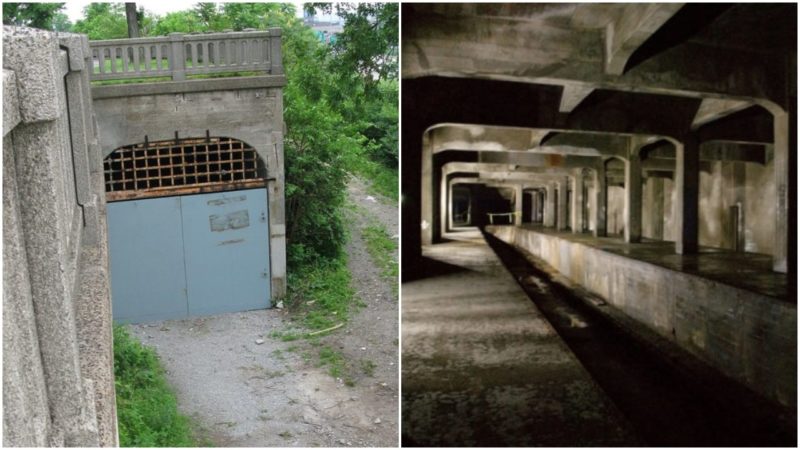The Cincinnati Subway is yet another victim of the Great Depression. It was a project designed to modernize the Cincinnati streetcar system and speed up the city. However, it was left unfinished and abandoned due it’s escalating costs and a complete collapse of funding as a result of a political bickering.
In 1928, construction of the subway giant was indefinitely canceled. To this day, there are no plans for its revival or completion, and it is still officially the largest abandoned subway system in all of the United States.
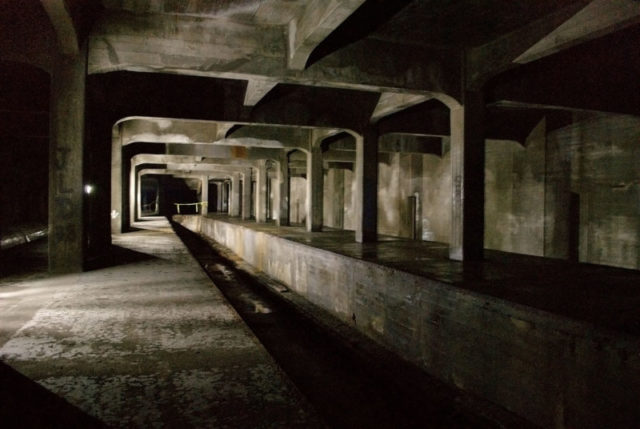
Plans for the subway began in 1916 when the City Council authorized $6 million for the development of the rapid transit plan. The original plan was to construct a 16-mile (26 km) long subway system across Cincinnati. However, once the war ended in 1918, costs had significantly increased due to a shortage of materials. In total, around $12-13 million had to be added to the original budget of $6 million.
Nonetheless, construction started on January 28, 1920. The city decided to raise funds for the additional costs later on. By 1927, when the original budget was spent, around 7 miles (11 km) of subway tunnels were finished, although no tracks had yet been installed. Soon after, it became clear that the original rapid transit plan had proved to be a failure. All progress was stalled by Cincinnati City Hall.
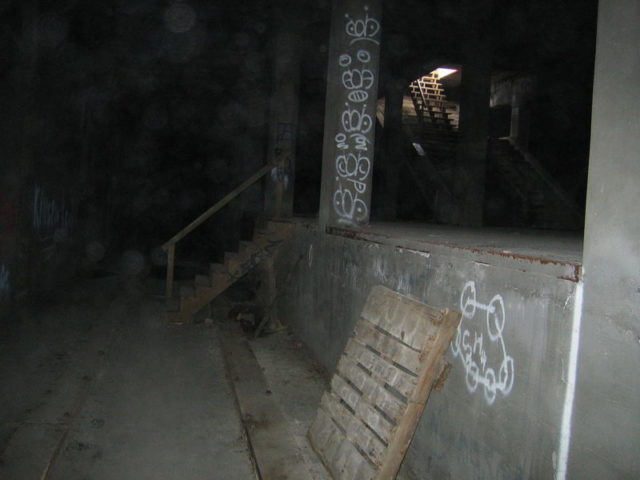
There were several attempts to finish the subway tunnels in the following years. The first happened in 1936 when the City called for help from the Engineers Club of Cincinnati to find an alternative use for the already constructed tunnels. Their report was not very helpful, as it simply stated: “the tunnels should be forgotten.” Three years later another study was carried out on the tunnels; this time they were tested for their potential to take automobile traffic.
They were found useless for this task. The City Hall of Cincinnati was beginning to despair about the whole project. In 1940 a number of experts were brought in to “settle the fate of the subway once and for all.” They might have succeeded if it wasn’t for World War II.
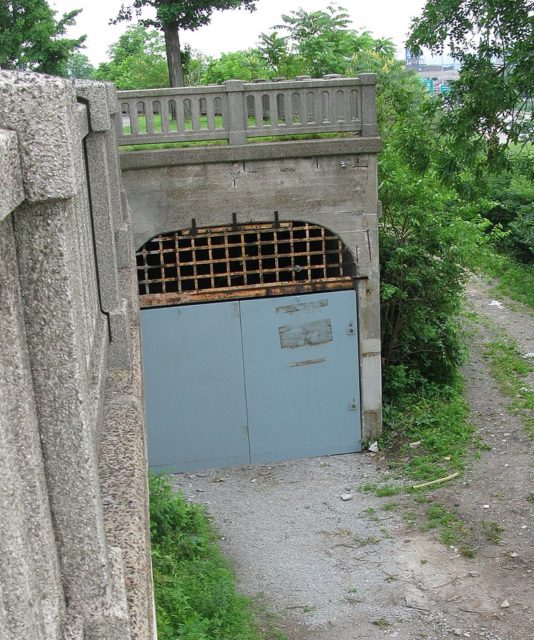
The next idea came in the 1970s when American journalist and television host Nick Clooney submitted a proposal to turn several tunnels into an underground party place, to include a shopping mall and nightclub.
However, this proposal was also unsuccessful due to many difficulties with insurance policies. Two decades later, the City Hall tried to pitch the idea of the tunnels being used as a movie location. They almost succeeded in convincing the filmmakers of Batman Forever to shoot the subway scenes there, but were unsuccessful in yet another venture.
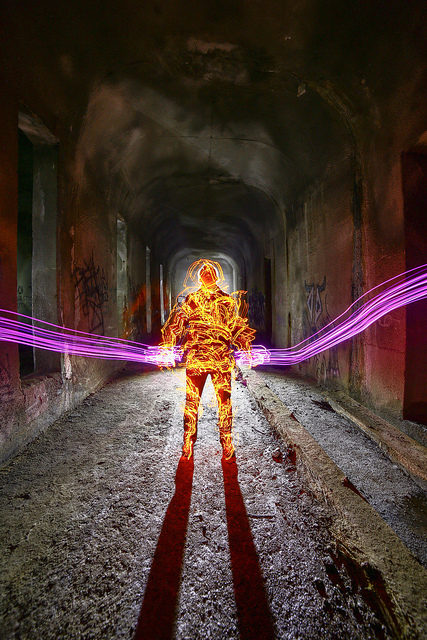
In the early 2000s, a light rail system was proposed to be installed in the tunnels. After estimations of cost and time summated 30 years and $2.6 billion the plan didn’t pass the vote and lost, with 68 percent opposing the light rail system.
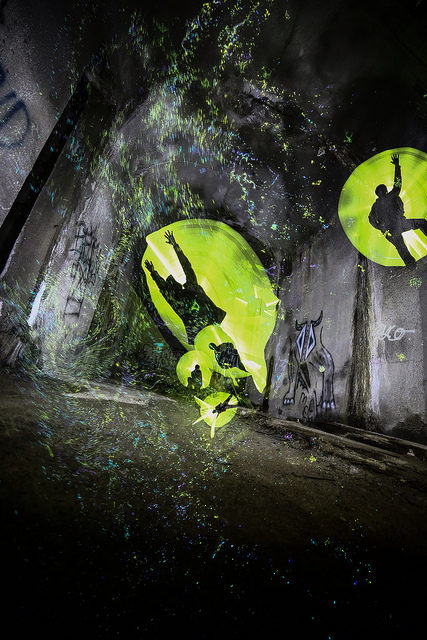
Today, the city of Cincinnati is yet again looking for ways to solve the problem of the empty and useless tunnels. Estimates have been made for several different solutions, and they have all proved too expensive for the city’s budget. To simply keep the tunnels maintained would cost $2.6 million annually.
Another idea was to bury the tunnels, filling them with dirt, but costs for this are estimated at $19 million. The last and most ambitious idea was to revive the tunnels for their original purpose: a subway system. This was soon found to be out of the question as costs would surpass $100 million. As of 2016, the abandoned Cincinnati subway tunnels have been used to carry fiber-optic cables and are mostly visited by homeless people and urban explorers.
